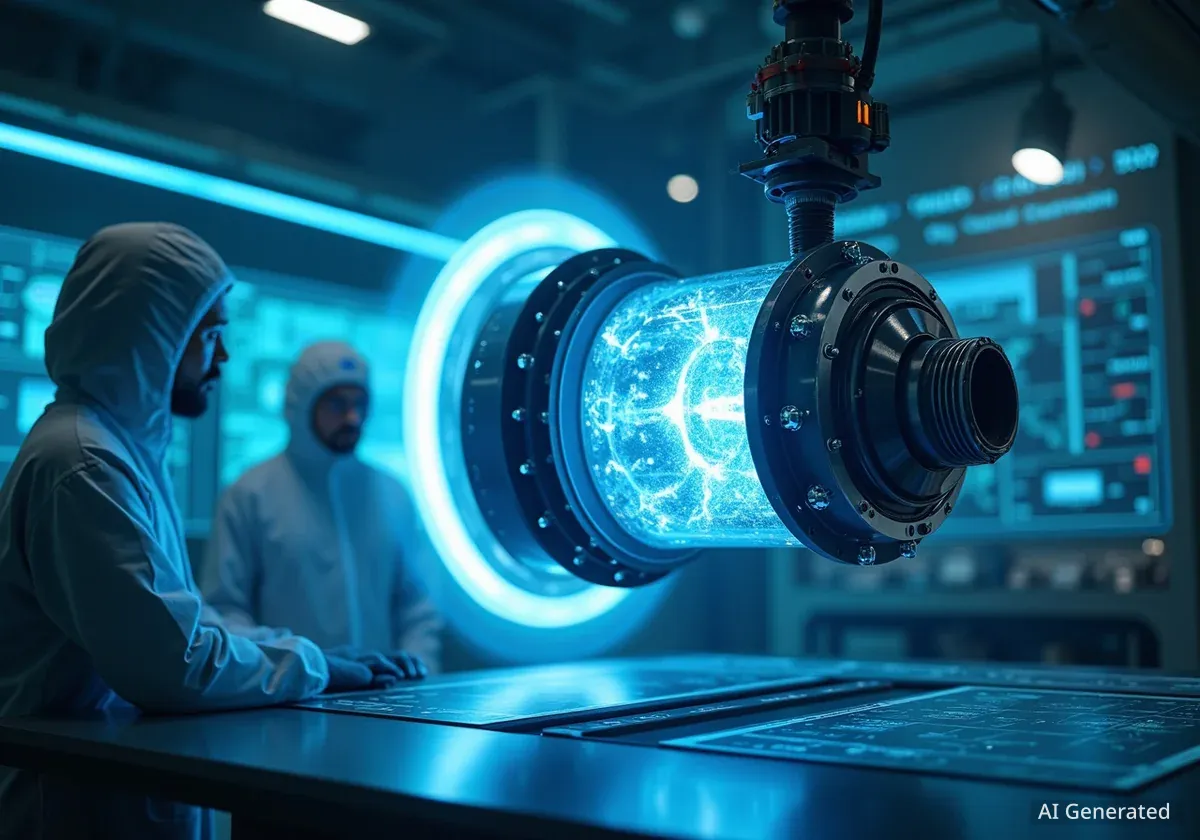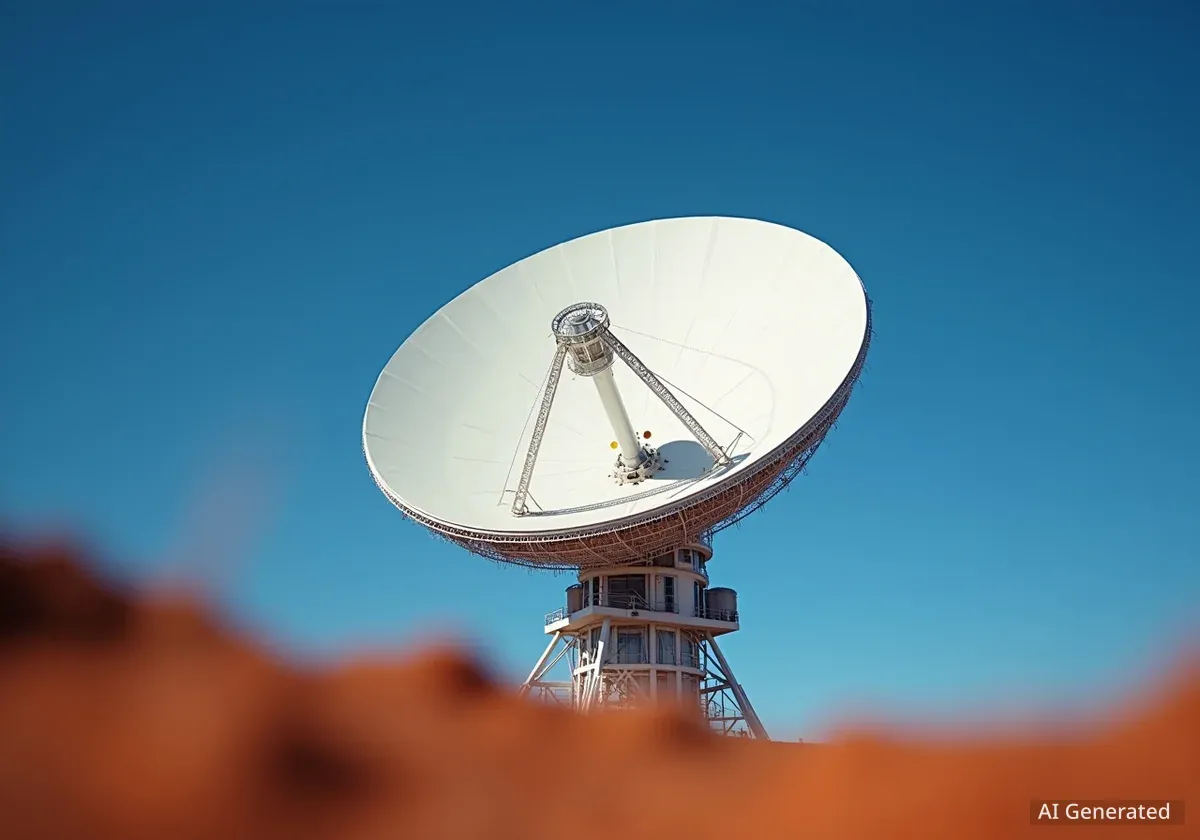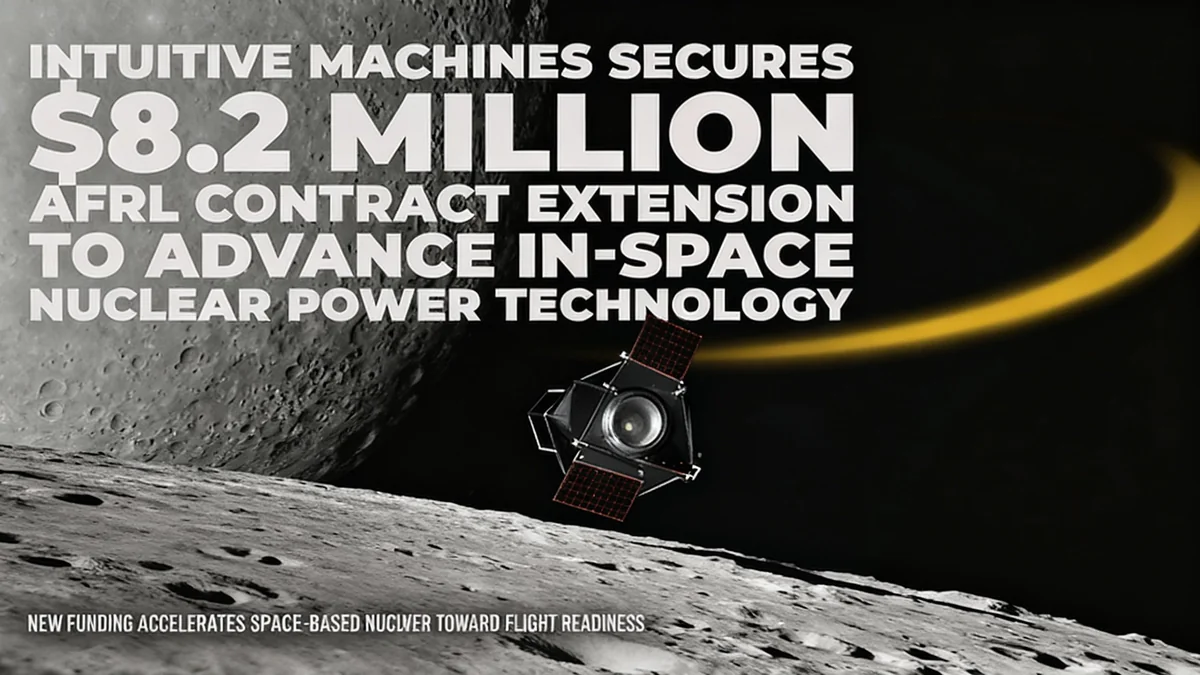Russia's state nuclear corporation, Rosatom, has announced the development of a plasma propulsion system that could fundamentally change human space exploration. The new engine is designed to reduce the travel time to Mars from the current six-month journey to as little as 30 days.
This technological leap promises not only to speed up interplanetary missions but also to significantly improve astronaut safety by limiting exposure to deep-space radiation. The development places Russia at the forefront of a renewed international push toward making humanity a multi-planetary species.
Key Takeaways
- Rosatom has developed a plasma electric motor capable of reaching Mars in approximately 30 days.
- The engine is reportedly ten times more efficient than traditional chemical rockets, dramatically reducing fuel requirements.
- Shorter travel times will lower astronauts' exposure to dangerous cosmic radiation.
- The first real-world tests for the propulsion system are scheduled for 2030.
A Breakthrough in Propulsion Technology
The journey to Mars has long been a monumental challenge, largely due to the limitations of current rocket technology. A typical mission using chemical rockets takes at least six months, a lengthy period that exposes astronauts to significant risks, including muscle atrophy, bone density loss, and prolonged exposure to cosmic radiation.
Rosatom's new engine offers a potential solution to these problems. By utilizing a different method of propulsion, it aims to make deep-space travel faster, safer, and more efficient. This development is part of a broader global trend where national space agencies and private companies are racing to develop next-generation technologies for interplanetary missions.
Understanding the Plasma Drive
Unlike conventional rockets that rely on chemical combustion to generate thrust, the new system is a plasma electric motor. It works by accelerating plasma particles—a state of matter consisting of ions and electrons—using powerful magnetic fields.
This process creates a continuous, albeit lower, thrust compared to the explosive power of a chemical rocket launch. However, its true advantage lies in its remarkable efficiency over long durations. The engine can accelerate a spacecraft for extended periods, allowing it to reach much higher speeds than is possible with traditional methods.
Unprecedented Efficiency
Researchers involved with the project state that the engine's specific impulse, a measure of its efficiency, exceeds 100 kilometers per second. This performance metric is approximately ten times greater than that of the most advanced chemical rockets currently in use. This efficiency means nearly all the energy generated is converted directly into thrust.
The Implications for Human Spaceflight
The benefits of such a powerful and efficient engine extend far beyond just speed. A drastically shorter trip to Mars would have profound implications for the health and safety of the crew, as well as the overall design and cost of future missions.
Enhancing Astronaut Safety
One of the greatest dangers facing astronauts on long-duration missions is exposure to cosmic radiation. Earth's magnetic field protects us from this radiation, but in deep space, astronauts are vulnerable. Reducing a Mars transit from six months to one month would cut this exposure by more than 80%, a critical factor in ensuring the long-term health of the crew.
"Reducing exposure to dangerous cosmic radiation is one of the most significant hurdles for long-duration spaceflight. A one-month transit time would be a game-changer for astronaut safety and mission viability."
Additionally, shorter missions would mitigate the physiological effects of zero gravity, such as muscle and bone deterioration, making the recovery process for astronauts upon their return to Earth or arrival on Mars much easier.
Rethinking Mission Architecture
The efficiency of the plasma engine also means that missions would require significantly less fuel. In conventional rocketry, a large portion of the spacecraft's mass is dedicated to propellant. With a plasma drive, this mass can be reallocated to other critical areas.
- More Scientific Payloads: Spacecraft could carry more instruments, experiments, and equipment for research.
- Larger Habitats: Missions could support larger crews or provide more spacious living quarters.
- Increased Supplies: More food, water, and other essential supplies could be transported, extending the potential duration of surface exploration on Mars.
This shift could make missions more ambitious and scientifically productive, accelerating our understanding of the Red Planet.
The New Space Race
Rosatom's announcement intensifies the modern space race. While the 20th-century competition was dominated by the U.S. and the Soviet Union, today's landscape includes multiple players. NASA, the European Space Agency (ESA), and China's national space agency are all developing their own advanced propulsion systems. Private companies like SpaceX are also pushing the boundaries of what is possible, creating a competitive and innovative environment focused on reaching Mars and beyond.
The Road to 2030
While the technology shows immense promise, it is still in the developmental stage. Proving its reliability and effectiveness for a mission to Mars requires extensive testing in conditions that mimic the harsh environment of deep space.
To this end, Rosatom is constructing a sophisticated testing facility. This complex will feature advanced vacuum and thermal chambers designed to simulate the extreme temperatures and vacuum of space, allowing engineers to put the engine through rigorous trials before it is ever used for a crewed mission.
The first real-world tests of the propulsion system are currently planned for 2030. If these tests are successful, it could pave the way for the first rapid human transit to Mars within the following decade, marking a pivotal moment in the history of exploration.
The development represents a significant step toward a future where travel between planets is not a once-in-a-lifetime event but a routine part of humanity's expansion into the solar system.





